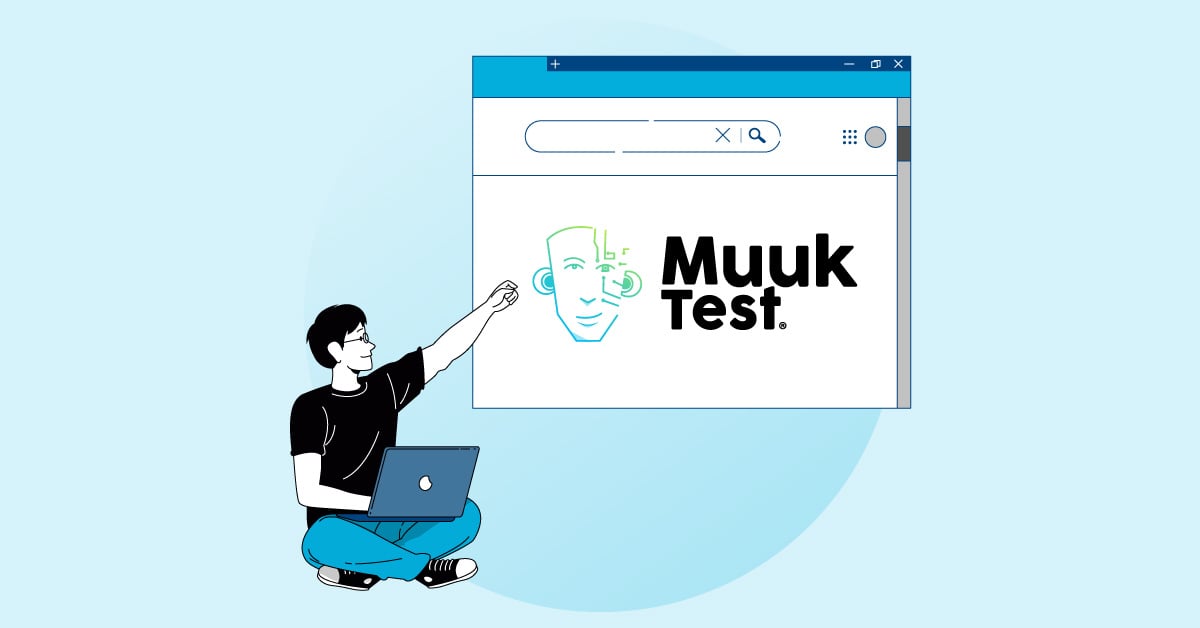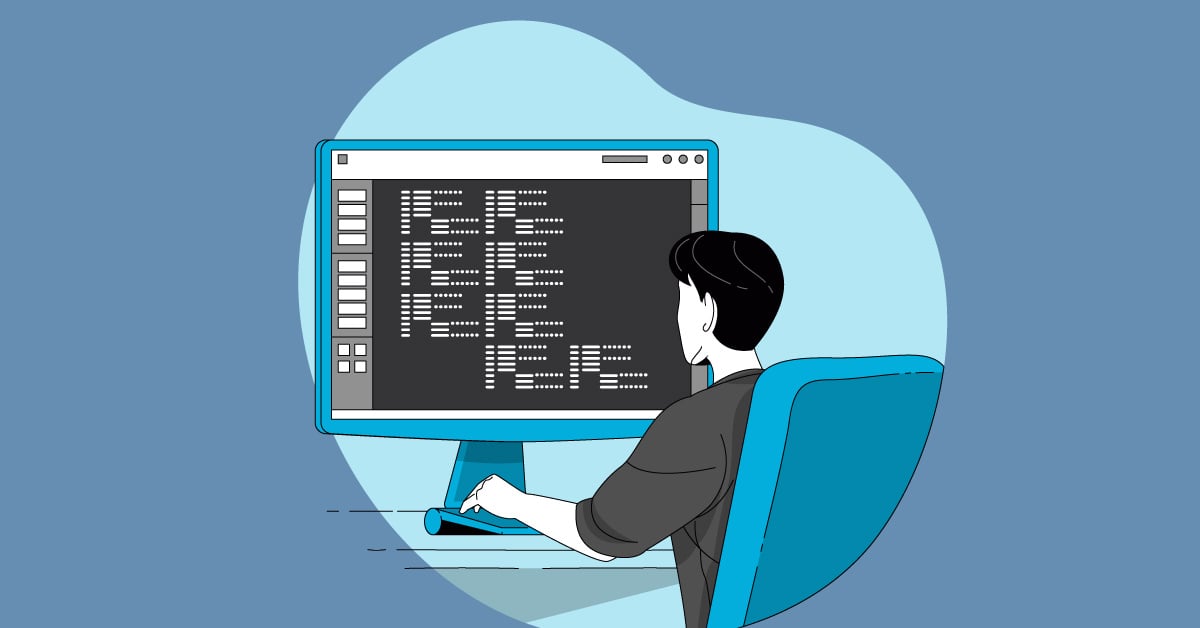Feeling overwhelmed by the complexity of managing software releases? You're not alone. This post offers a practical engineering manager roadmap, complete with a checklist and timeline, to simplify the engineering release process. We'll also share valuable resources for engineering managers to help you build a high-performing team and streamline your releases. Let's make your next engineering release a success.
As an Engineering Manager, steering your team through major releases can feel like a rocket launching. The thrill of success is unparalleled, but the journey demands meticulous planning and attention to detail. Every single simple step counts and matters. And it’s a team effort. You cannot achieve solo here. This blog will explore the key considerations before major releases, providing a handy checklist and a timetable to ensure a smooth liftoff and a successful launch.
Prep Your Engineering Release for Success
The entire crew will be working together before the release, and there are a few pointers to consider during this planning phase:
1. Define Your Objectives
Before diving into the technical aspects, crystalize the release objectives. Clearly outlining the scope of the project will assist in minimizing scope creep and keeping the project on schedule. It is critical to have a thorough awareness of the intended audience and their demands. This will assist in designing a product that matches their expectations and assures its success after launch. For instance, What problem are you solving? What value does this release bring to users? These questions will help you. Aligning your team with a clear vision sets the tone for a successful launch. It is critical to establish clear, quantifiable, and achievable project objectives. These objectives will act as success indicators, guiding the project team to achieve them.
Example: If your objective is to enhance user experience, define specific metrics such as improved load times or enhanced usability which could result in happy and content users.
2. Assess Potential Risks
Conduct a risk assessment. This will also help identify and address potential risks before they become bigger issues. Identify potential bottlenecks, technical challenges, and dependencies. Develop a mitigation plan for each identified risk to preemptively address issues.
Example: If the release involves a third-party integration, have a contingency plan for potential downtime/unavailability or API changes.
3. Check Your Budget and Resources
It is important to have a clear understanding of the budget and cost constraints for the project. This will help in ensuring that the project stays within budget and any potential financial issues are identified and addressed early on. Ensure that your team has the necessary resources for the release. From technical expertise to hardware and software requirements, confirm that everything is in place. This includes people, technology, tools, and any other demanding resources.
Example: For a backend-heavy release, check the server capacities and ensure scaling capabilities to handle increased loads.
4. Create a Communication Plan
Craft a comprehensive communication plan. Keep internal and external stakeholders informed about the release schedule, possible repercussions, and backup preparations. Effective communication and teamwork among team members are critical to the success of any project. Define the communication routes and protocols that will be utilized to keep everyone in sync.
Example: Use a centralized communication tool to provide real-time updates to stakeholders and team members, and use it when needed and provide interim updates.
5. Maintain Backwards Compatibility
Ensure backward compatibility with existing features. New releases should seamlessly integrate with the current ecosystem, minimizing disruptions for end-users. Also develop a plan for compatibility testing to make sure the software will work with different platforms, browsers, and devices.
Example: If you're updating a mobile app, confirm that the new version is compatible with older device models and operating systems.
Engineering Release: Your Verification Checklist
1. Test Thoroughly
Implement rigorous testing procedures. From unit tests to end-to-end scenarios, leave no stone unturned. Automated testing can be a game-changer in validating diverse and repetitive scenarios. Conduct unit testing on individual components to ensure they are functioning correctly. Test the integration of various components to ensure they are working together as intended. Test the complete system to ensure all components are working together and performing as expected. As we all know, thorough or exhaustive testing is hard to achieve, but ensuring the maximum test coverage can help here.
Example: If your release involves changes to payment processing, simulate various transaction scenarios to validate the reliability and behavior of the system.
2. How to Test Performance
Evaluate system performance under stress. Conduct load testing to ensure that the infrastructure can handle anticipated user loads without performance degradation.
Example: Simulate peak traffic conditions to gauge the system's response times and identify potential bottlenecks.
3. Conduct Security Audits
Prioritize security checks. Engage with security experts to conduct thorough audits, ensuring that sensitive data remains protected. If your systems use APIs, make sure to conduct API security testing. And when third-party APIs are involved, conduct vendor risk assessments to mitigate potential security threats.
Example: If your release involves handling user data, conduct penetration testing to identify and address vulnerabilities.
4. User Acceptance Testing (UAT)
Involve real users or business users in the testing process. Gather from end-users and make necessary improvements to the product or application.
Example: If launching a new feature, engage with a group of power users to provide insights into feature usability and functionality.
5. Verify Your Documentation
Prepare and update all necessary documentation, including user manuals, installation guides, and release notes. Ensure that documentation is updated and accurate. From user guides to API documentation, provide resources that empower users, developers, and other stakeholders to work with the system effectively.
Example: Include a documentation review as part of your release checklist to guarantee that all relevant information is up-to-date.
6. Ensure Inclusivity
Make sure to test if the application or the product is accessible to all users. Differently-abled users should be able to use the application or product with ease. Building an inclusive application is a social responsibility.
Example: Includes tests for color contrast, text sizing, and more.
Engineering Release Roadmap: Your Timeline
1. Plan Early
Start planning well in advance. It’s easier said, but with experience and proper coordination with the team, we can do the neat planning. Not all features and functionalities need to be included in the initial release. So, prioritize the most critical and high-impact features that need to be included in the release. Define release milestones, assign responsibilities, and establish a clear roadmap.
Example: Create a Gantt chart or any project management tools to visualize the release timeline and dependencies.
2. Test Continuously
Allocate sufficient time for testing and iteration. The testing phase is iterative, and early identification of issues allows for timely resolutions.
Example: Consider adopting Agile practices with short development cycles, allowing continuous testing and feedback loops.
3. Communicate Effectively
Plan communication phases. Inform stakeholders of the upcoming release, share progress updates during testing, and provide post-release notifications. Share the release roadmap with all stakeholders involved in the project. This could include developers, testers, designers, product managers, and marketing teams. Get their input and make any necessary adjustments to the roadmap.
Example: Send teaser emails to users about upcoming features, building anticipation and interest in the release.
4. Have a Fallback Plan
Define fallback plans and contingencies. Know when to roll back a release, and have a plan in place to address unexpected challenges.
Example: If a critical bug is identified post-release, have a rollback strategy that minimizes user impact.
5. Evaluate Post-Release
Schedule a post-release evaluation. Gather feedback from users and the business, development, and testing teams to identify areas for improvement in future releases. Being open-minded helps to improve the process for future releases.
Example: Conduct a retrospective meeting to discuss what worked well, what could be improved, and capture lessons learned for future releases.
Engineer a Successful Release
Being an Engineering Manager and managing the entire release is no easy feat.
As you begin on the path of important releases, remember that preparedness is your most valuable asset. The combination of strategic preparation, thorough verification, and a well-structured timeline pave the way for a successful launch. As a seasoned pilot, lead your team through the skies of invention and watch your releases fly to new heights.
Effective planning and attention to the checklist and timeline will not only assure the success of your releases but will also foster an excellence culture within your engineering team.
May your launches be flawless, your customers happy, and team inspired. Happy coding! Good luck with your upcoming release!

Frequently Asked Questions
How can I define clear objectives for a major release? Begin by understanding the "why" behind the release. What problem are you solving for your users? Translate that into measurable goals. For example, if the goal is to improve user engagement, define what "improved" looks like – a specific percentage increase in daily active users, for instance. This clarity helps focus the team and track progress.
What are some common risks to consider when planning a release, and how can I mitigate them? Risks can range from technical issues (like server capacity or third-party API dependencies) to communication breakdowns. Think through potential points of failure. For technical risks, have backup plans or redundancy in place. For communication risks, establish clear communication channels and update protocols. A pre-release risk assessment with your team can be invaluable.
How can I ensure my team has adequate resources for a major release? Before kicking off the project, take stock of your resources: people, technology, tools, and budget. Do you have the right skill sets on the team? Will your infrastructure handle the increased load? If gaps exist, address them early. This might involve hiring contractors, investing in new tools, or adjusting the release scope.
What's the best way to communicate with stakeholders during a release? Transparency and frequency are key. Establish a communication plan that outlines who needs what information, when, and how they'll receive it. Regular updates, even small ones, keep everyone informed and aligned. A centralized communication platform can streamline this process.
What should I do after a release? The work doesn't end when the product ships. Gather feedback from users and the team. What worked well? What could be improved? A post-release review meeting helps capture lessons learned and informs future releases. This continuous improvement cycle is crucial for long-term success.




%20(1).png?width=150&height=69&name=MuukTest-logo---light-background%20(3)%20(1).png)

